Tibet is a land of mystery and wonder, with a rich cultural heritage and breathtaking natural beauty. As a result, it is no surprise that many people are interested in traveling to Tibet. However, there are several questions that are commonly asked by those who are planning a trip to this unique destination. Here, we will explore the top 5 most asked questions about Tibet travel.
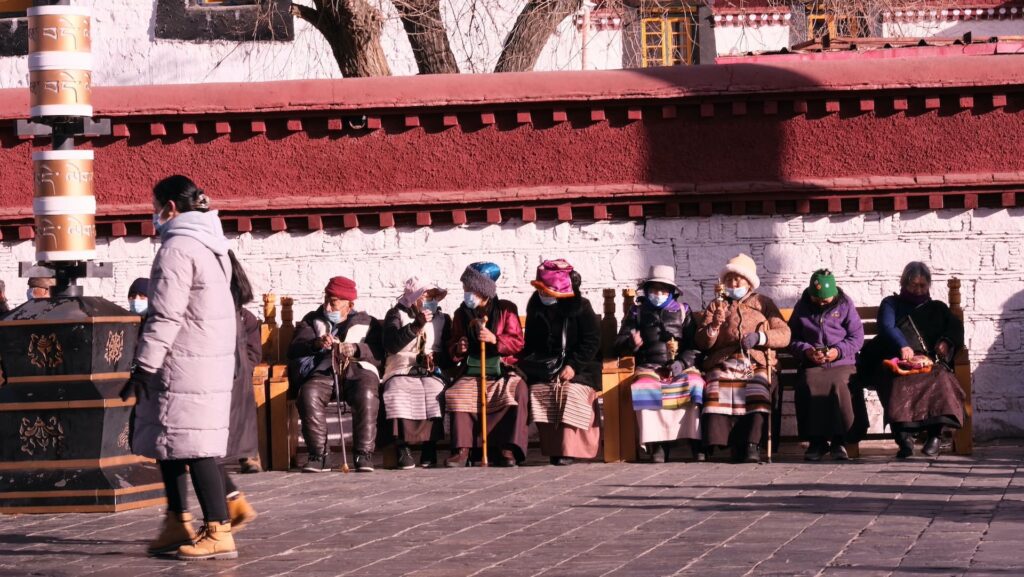
#1 Do I need a visa to travel to Tibet?
Tibet is a beautiful and unique region located in the Himalayas. It is known for its stunning landscapes, rich culture, and spiritual significance. However, traveling to Tibet can be a bit complicated, especially when it comes to obtaining a visa. We will explore whether or not a visa is required to travel to Tibet.
In order to travel to Tibet, a visa is required. This is due to the fact that Tibet is an autonomous region of China, and therefore falls under Chinese jurisdiction. The Chinese government requires all foreign visitors to obtain a visa in order to enter Tibet.
There are several arguments to support the claim that a visa is required to travel to Tibet. Firstly, as mentioned earlier, Tibet is an autonomous region of China. This means that it is governed by Chinese laws and regulations, including those related to visas and immigration. Therefore, anyone wishing to travel to Tibet must comply with Chinese visa requirements.
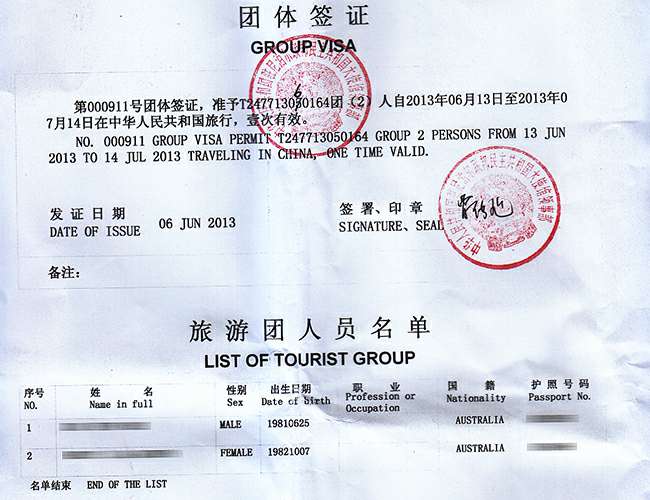
Secondly, obtaining a visa for Tibet can be a bit more complicated than for other regions of China. This is because the Chinese government tightly controls access to Tibet, particularly for foreign visitors. In order to obtain a visa for Tibet, travelers must first obtain a Tibet Travel Permit (TTP) from the Chinese government. This permit is required in addition to a standard Chinese visa, and can only be obtained through a registered travel agency in China.
Finally, there are several examples of travelers who have been denied entry to Tibet due to visa issues. For example, in 2018, a group of American tourists was denied entry to Tibet because they did not have the proper permits and visas. This highlights the importance of obtaining the correct documentation before traveling to Tibet.
In conclusion, a visa is required to travel to Tibet. This is due to the fact that Tibet is an autonomous region of China, and therefore falls under Chinese jurisdiction. Travelers must obtain a Tibet Travel Permit in addition to a standard Chinese visa in order to enter Tibet. While the process of obtaining these documents can be a bit complicated, it is essential for anyone wishing to visit this beautiful and unique region.

#2 What is the best time of year to visit Tibet?
It is a popular tourist destination that attracts visitors from all over the world. However, choosing the best time of year to visit Tibet can be a daunting task. In this, we will explore the different seasons in Tibet and determine the best time of year to visit.
Tibet experiences four distinct seasons: spring, summer, autumn, and winter. Each season has its own unique characteristics and attractions. However, the best time of year to visit Tibet is during the autumn season, which runs from September to November.
One of the main reasons why autumn is the best time to visit Tibet is because of the weather. The weather during this season is mild and pleasant, with clear blue skies and comfortable temperatures. This makes it the perfect time to explore the region’s stunning natural beauty, including its snow-capped mountains, crystal-clear lakes, and lush green valleys.

Another reason why autumn is the best time to visit Tibet is because of the festivals that take place during this season. The most famous Tibetan festival is the Tibetan New Year, which is celebrated in February or March. However, there are also many other festivals that take place during the autumn season, including the Shoton Festival, the Bathing Festival, and the Horse Racing Festival. These festivals offer visitors a unique opportunity to experience the region’s rich cultural heritage and traditions.
Finally, autumn is also the best time to visit Tibet because it is the low season for tourism. This means that there are fewer crowds and lower prices, making it easier and more affordable to explore the region.
In conclusion, the best time of year to visit Tibet is during the autumn season. The mild weather, vibrant festivals, and low tourism season make it the perfect time to explore the region’s stunning natural beauty and rich cultural heritage. So, if you are planning a trip to Tibet, be sure to visit during the autumn season for an unforgettable experience.
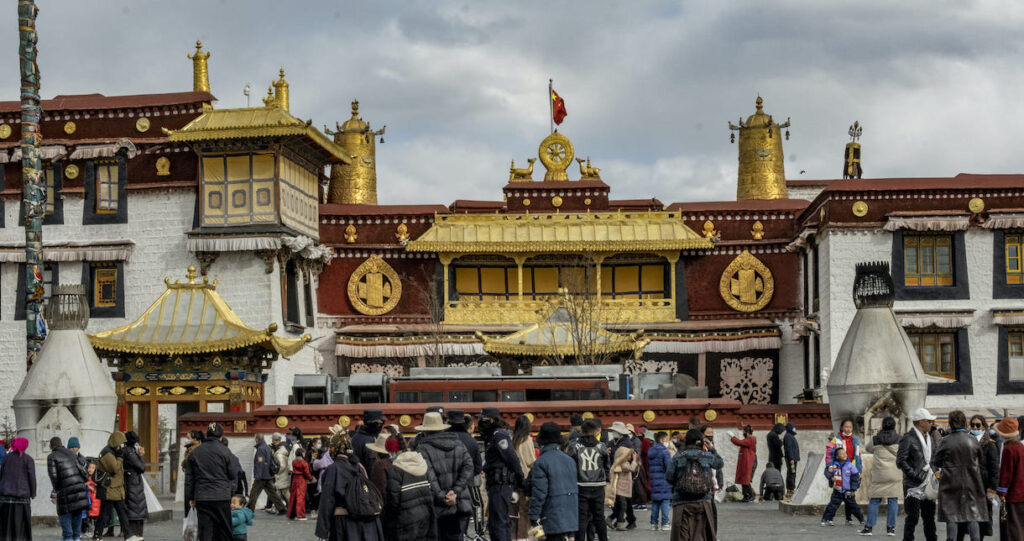
#3 How do I get to Tibet?
Getting to Tibet can be a daunting task, given its remote location and strict travel regulations. We will explore the various ways to get to Tibet and the challenges that come with it.
To begin with, the most common way to get to Tibet is by air. The Lhasa Gonggar Airport is the main airport in Tibet, and it is well-connected to major cities in China, such as Beijing, Shanghai, and Chengdu. However, it is important to note that foreign travelers are required to obtain a Tibet Travel Permit (TTP) before entering Tibet, which can only be obtained through a registered travel agency in China. Moreover, due to the high altitude of Lhasa, travelers may experience altitude sickness, which can be a serious health concern.
Another way to get to Tibet is by train. The Qinghai-Tibet Railway is the highest railway in the world, and it offers a scenic journey through the Tibetan plateau. The train journey starts from Xining in Qinghai province and takes around 22 hours to reach Lhasa. However, like air travel, foreign travelers are required to obtain a TTP before boarding the train. Additionally, the train journey can be physically demanding due to the high altitude and long travel time.

Lastly, travelers can also get to Tibet by road. The Sichuan-Tibet Highway is the most popular route, and it offers stunning views of the Himalayan range. However, this route is only accessible during the summer months, and travelers are required to obtain a TTP before entering Tibet. Moreover, the road journey can be challenging due to the rugged terrain and unpredictable weather conditions.
In conclusion, getting to Tibet requires careful planning and preparation. Whether you choose to travel by air, train, or road, it is important to obtain a TTP and be aware of the potential health risks associated with high altitude. Despite the challenges, a trip to Tibet is a once-in-a-lifetime experience that is sure to leave a lasting impression on any traveler.
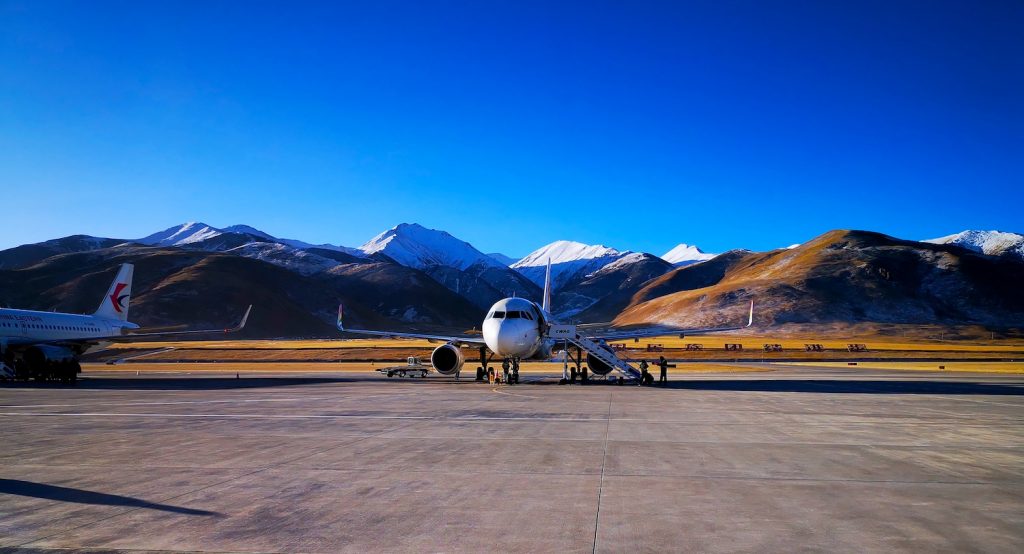
#4 Is it safe to travel to Tibet?
Tibet is a beautiful and unique region located in the Himalayas. It is known for its stunning landscapes, rich culture, and spiritual significance. However, due to its remote location and political situation, many people wonder if it is safe to travel to Tibet. In this, we will explore the safety concerns associated with traveling to Tibet and provide arguments with examples to help you make an informed decision.
Tibet is a safe destination for travelers, but there are some risks associated with traveling to this region. The main concerns are altitude sickness, political unrest, and natural disasters. However, with proper planning and precautions, these risks can be minimized, and travelers can enjoy a safe and memorable trip to Tibet.
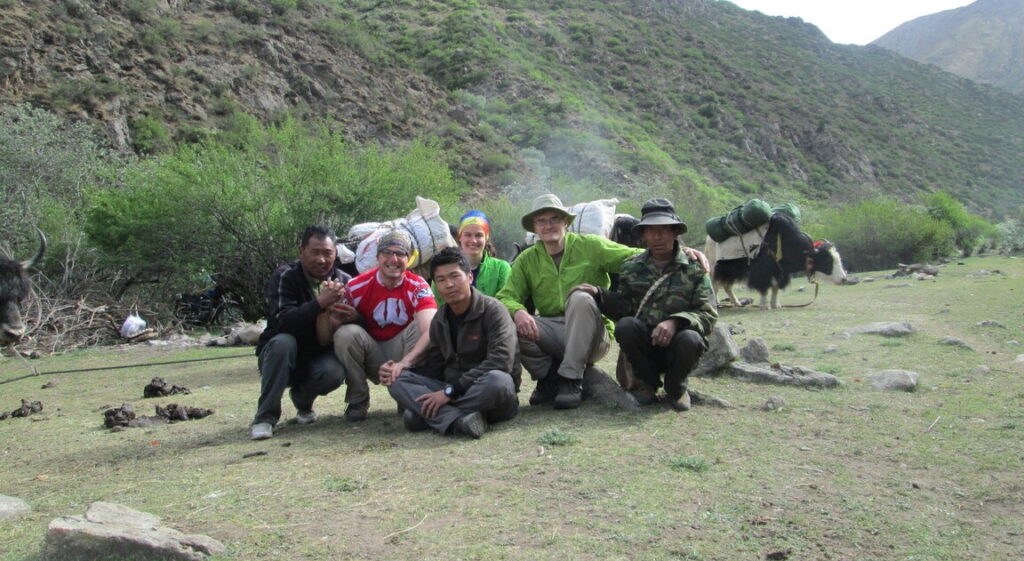
1. Altitude Sickness:
Tibet is known for its high altitude, and many travelers experience altitude sickness when they first arrive. Altitude sickness can cause headaches, nausea, and shortness of breath, and in severe cases, it can be life-threatening. However, there are ways to prevent and treat altitude sickness. Travelers can acclimatize themselves by spending a few days in lower altitude areas before traveling to Tibet. They can also take medication and drink plenty of water to prevent altitude sickness.
2. Political Unrest:
There have been protests and demonstrations in the past. However, these incidents are rare, and most travelers do not encounter any political unrest during their trip. The Chinese government has strict control over the region, and tourists are not allowed to visit certain areas without a permit. Travelers should avoid any political discussions or activities and follow local laws and regulations.
3. Natural Disasters:
Tibet is prone to natural disasters such as earthquakes and landslides. However, these incidents are rare, and the local authorities have measures in place to respond to emergencies. Travelers should stay informed about the weather conditions and follow the instructions of the local authorities in case of an emergency.

In conclusion, traveling to Tibet is safe, but there are some risks associated with this region. Altitude sickness, political unrest, and natural disasters are the main concerns, but with proper planning and precautions, travelers can minimize these risks and enjoy a safe and memorable trip to Tibet.
It is important to follow the local laws and regulations, stay informed about the weather conditions, and take necessary precautions to prevent altitude sickness. With these measures in place, travelers can experience the unique culture and stunning landscapes of Tibet without any safety concerns.
#5 What are the must-see attractions in Tibet?
Tibet is a land of mystique and wonder, with a rich cultural heritage and breathtaking natural beauty. It is a place that has captured the imagination of travelers for centuries, and for good reason. From the towering peaks of the Himalayas to the ancient monasteries and temples, there is no shortage of must-see attractions in Tibet.
One of the most iconic attractions in Tibet is Mount Everest, the highest peak in the world. Located on the border between Tibet and Nepal, this majestic mountain is a sight to behold. Visitors can take a trek to the base camp of Everest, where they can witness the awe-inspiring beauty of the mountain up close.
Another must-see attraction in Tibet is the Potala Palace, the former residence of the Dalai Lama. This magnificent palace is a UNESCO World Heritage Site and is considered one of the most important cultural landmarks in Tibet. Visitors can explore the palace’s many rooms and halls, which are filled with priceless artifacts and works of art.
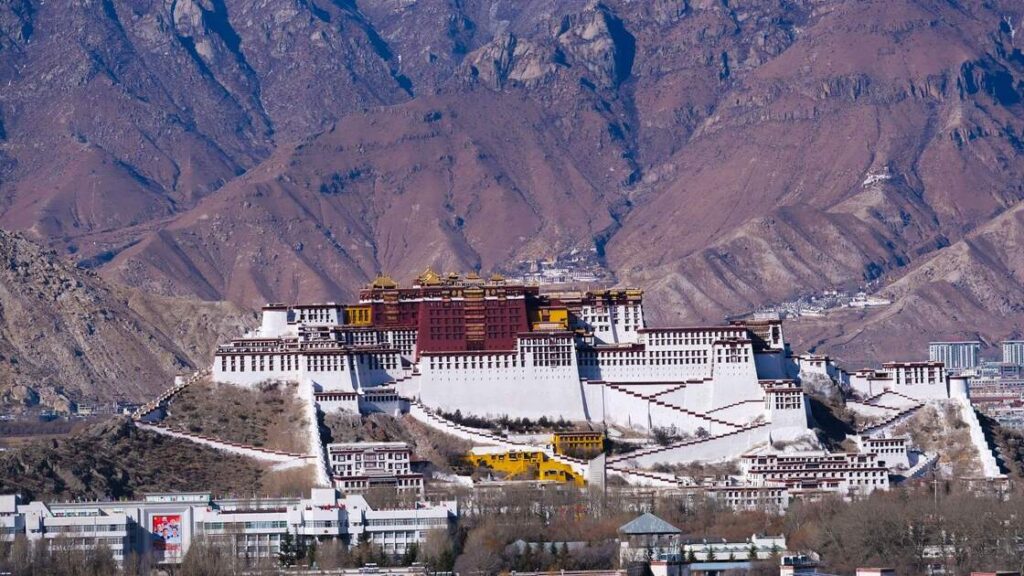
For those interested in Tibetan Buddhism, the Jokhang Temple is a must-see attraction. This ancient temple is located in the heart of Lhasa and is considered one of the most sacred sites in Tibet. Visitors can witness the daily rituals and ceremonies that take place at the temple, as well as explore its many halls and chapels.
The Namtso Lake is another must-see attraction in Tibet. This stunning lake is located at an altitude of over 4,700 meters and is considered one of the most beautiful lakes in the world. Visitors can take a trek around the lake, which offers breathtaking views of the surrounding mountains and landscapes.
Tibet is a land of wonder and beauty, with a rich cultural heritage and many must-see attractions. From the towering peaks of Mount Everest to the ancient monasteries and temples, there is no shortage of things to see and do in Tibet. Whether you are interested in history, culture, or natural beauty, Tibet has something to offer everyone.

In conclusion, traveling to Tibet can be a rewarding and unforgettable experience. By understanding the top 5 most asked questions about Tibet travel, travelers can better prepare for their trip and make the most of their time in this unique and fascinating destination. With proper planning and preparation, a trip to Tibet can be a once-in-a-lifetime adventure.

[…] flight from Kathmandu to Lhasa. However, obtaining a Chinese Group visa is a prerequisite for entering Tibet from Nepal. The visa application process takes at least three full business days, so it is essential to plan […]